Click to view our Accessibility Statement or contact us with accessibility-related questions























Showing 1 of 768 conversations about:
JnyJny
72
Sep 2, 2018
bookmark_border

schlep
81
Sep 5, 2018
bookmark_border
schlepI've prepared a json file of the tokyo60 keyboard using the qmk configurator https://config.qmk.fm/#/tokyo60/LAYOUT_60_hhkb
I am not sure if the compile process is working perfectly for mine but I keep getting the default layout after flashing. This is so frustrating. If anyone can help, please let me know. I will email you the json file which I have prepared.
I am not sure if the compile process is working perfectly for mine but I keep getting the default layout after flashing. This is so frustrating. If anyone can help, please let me know. I will email you the json file which I have prepared.
JnyJny
72
Sep 5, 2018
bookmark_border
schlepAfter step 4 above, Compile and Download Firmware, you should have a file downloaded to your local machine that ends in ".hex" which is the compiled firmware and not a JSON file. I like to name my keymap in the configurator something memorable and unique. The configurator uses that name to name the firmware file and makes it easier to find.

schlep
81
Sep 5, 2018
bookmark_border

Rice_Krispies
53
Sep 5, 2018
bookmark_border
JnyJnyThank you for making this document!
Can anyone add on to this? Trying to figure out how to program the default Fn key when I flash...
Can anyone add on to this? Trying to figure out how to program the default Fn key when I flash...

Rice_Krispies
53
Sep 6, 2018
bookmark_border
schlepHere are 2 how to videos for anyone that might fight qmk confusing (as I do):
https://www.youtube.com/watch?v=7RH-1pAbjvw&list=PLZlceRZZjRugJFL-vnenYnDrbMc6wu_e_&index=2 https://www.youtube.com/watch?v=VR53Wo9Z960&list=PLZlceRZZjRugJFL-vnenYnDrbMc6wu_e_&index=1
https://www.youtube.com/watch?v=7RH-1pAbjvw&list=PLZlceRZZjRugJFL-vnenYnDrbMc6wu_e_&index=2 https://www.youtube.com/watch?v=VR53Wo9Z960&list=PLZlceRZZjRugJFL-vnenYnDrbMc6wu_e_&index=1

schlep
81
Sep 6, 2018
bookmark_border
schlepAfter fiddling with QMK configurator, I finally solved my problem. I think the problem with my keyboard was somehow the physical key on my keyboard is not aligned with the "physical" key of the QMK configurator for a few keys.
This is what I had in mind to work on my physical keyboard.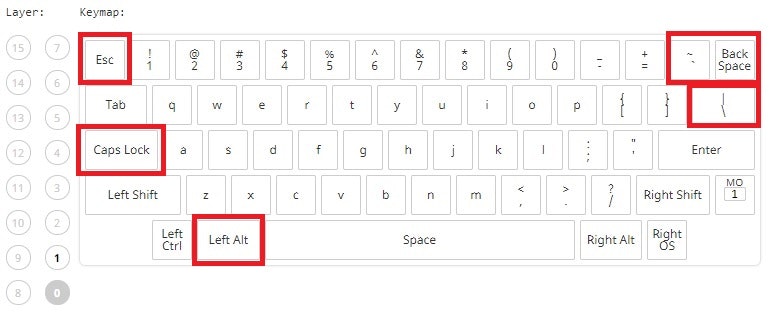

This is what I had in mind to work on my physical keyboard.


Moonwolf
56
Sep 13, 2018
bookmark_border
JnyJnySorry guys I'm confused. How do you assign Fn key again? What's MO(1) macro? Anyway to just assign non-existent Fn key there somehow?
I really think Default Toyko60 layout should been provided by the person who sold it.
I really think Default Toyko60 layout should been provided by the person who sold it.
JnyJny
72
Sep 13, 2018
bookmark_border
MoonwolfThe MO(1) is a reference to the QMK configurator at conf.qmk.fm, specifically the Layer Keys. MO stands for Momentary On and the number specifies which layer you want. So instead of "FN" you would click on the FN key position and then select the MO() key from Layer Keys. Then click in the box on the keymap to supply which layer should be momentarily activated.
Moonwolf
56
Sep 13, 2018
bookmark_border
JnyJny I'm keep getting 'no device present' error message when I try to flash. But I made sure that I had 'DFU device connected' message.
JnyJny
72
Sep 13, 2018
bookmark_border
MoonwolfOn config.qmk.fm did you compile and then download the firmware for the keymap you created? You'll then pick that firmware file in QMK Toolbox with the "Open" button, then put your keyboard into boot loader mode. You'll need to be more specific about the steps you've taken if I'm just repeating things you've already done.
Moonwolf
56
Sep 13, 2018
bookmark_border
JnyJnyThat's exactly the steps I did. Possibly my work computer has some firewall preventing a un-authorized app from sending anything. I will need to run it again from my home computer.

JasonATXBS
68
Sep 14, 2018
bookmark_border
MoonwolfI was having the same issue with mine, so I went and downloaded https://dfu-programmer.github.io/ instead. It worked where QMK Toolbox didn't.

David_Billings
64
Mar 10, 2019
bookmark_border
JnyJnyhey friend, any idea why my tokyo60 wont register on qmk toolbox at all when i try to flash it using the button on the pcb? ik i properlly flashed the keyboard because it no longer functions, but qmk toolbox refuses to acknowledge it as existing and keeps giving me the "there are no devices available" message every time i try to flash it using the button in the toolbox itself. ive heard that windows 10 doesnt play nice with the atmega32u4 and that you have to use FLIP, but i have no idea how to use FLIP. your help would be much appreciated.
JnyJny
72
Mar 12, 2019
bookmark_border
David_BillingsSorry David, I don't have access to a Windows 10 install to try to replicate the problem (and I hadn't heard of FLIP until you mentioned it). Could you find a Linux installation to use to flash your keyboard?
I'd also try reinstalling QMK Toolbox on Windows 10 on the off chance the install became corrupted somehow.
I went back and re-read my notes and maybe this will be helpful:
https://github.com/JnyJny/tokyo60_keymap/tree/master/firmware#it-did-not-work
Sorry I don't have a quick fix for you.

d0nk
12
Mar 31, 2020
bookmark_border
JnyJnyI've not had luck using L_SHIFT+R_SHIFT+FN+P for bootloader, but L_SHIFT+R_SHIFT+B works.
I have flashed my own QMK builds using the button on the pcb to put it into bootloader mode before, before discovering L_SHIFT+R_SHIFT+B worked. I also suspect that bootmagic might work (Space+B while plugging in)
astralqt
12
Apr 4, 2020
bookmark_border
schlepHad to do the exact same thing...
Has anyone else found a solution for having to bind things in qmk to keys they aren't actually in order for it to work?
Update had to Clear the EEPROM.
I wasn't able to clear the eeprom so I had to install dfu-programmer. On mac (brew install dfu-programmer).
Then I had to run (dfu-programmer atmega32u4 erase --force).
Then I was finally able to Clear EEPROM and flash sucessfully.
(Edited)

GreyAmbience
159
Jun 18, 2020
bookmark_border
d0nkThank you for posting this! I couldt get into flash mode as well, this worked :)

MrRager
31
Aug 15, 2020
bookmark_border
JnyJnySo I'm having the same problem that MrDHWW was having that QMK would constantly stay at "dfu-programmer: no device detected" when I have put my keyboard into boot loader. Both through L Shift + R Shift + B and through the button on the back of the PCB. Anyone happen have a fix to this issue? Seems as though other people have had this same issue but the solution doesn't seem to be present
Binson
53
Sep 3, 2020
bookmark_border
MrRagerI am now having this issue as well now with my Tokyo60 v3. I was able to do it fine before and I'm still able to flash other boards with my QMK Toolkit.
I tried a few things (https://www.keebtalk.com/t/trouble-flashing-qmk-no-device-present/5871/14)
But, I'm still getting the "dfu-programmer: no device present" error.
Any help here would be great. Thanks!
JigsawSaint
1
Jan 24, 2021
bookmark_border
BinsonI have 2 Tokyo60's (purchased via r/mechmarket). The first, I haven't touched the preset configuration and have just learned to use the default keymap. The 2nd, however, I wanted to change some mapped keys up a bit.
Like so many others have posted, I ran into the issues with using QMK and kept receiving the "DFU-programmer: no device detected".
I was going in circles with the process and was seriously rethinking my life choices and hobby.
I was resetting the board via the purple reset button on the bottom of the board, because of the default keymap and some initial frustrations with the FN/MO. But I was seeing that the 'device connected' message... until I attempted to update the firmware, and then I'd get the 'no device connected' message again. Schrödinger's cat, what?!?!
...
What was the game changer for me? Some information I had found here about using Zadig:
https://docs.qmk.fm/#/driver_installation_zadig?id=bootloader-driver-installation-with-zadig
Yes, I did have to enlist the Zadig application to load the correct driver. I was skipping a very important step when using Zadig, however. You have to put the board into bootloader mode. You also have to make sure that you are targeting the correct USB device, as the software can target ANY USB device (mouse, headset, etc.,.. any other peripheral connected via USB).
If you are NOT in bootloader mode, you will see "Tokyo60" and an interface listed. AKA: This will not work.
To enter bootloader mode:
Press and hold LeftSHIFT, RightSHIFT, and B (which is the alternate to the ever frustrating and hidden FN+P/PAUSE).
- if done correctly, you will hear an audible system alert as if a USB device has been unplugged (that's your keyboard going into bootloader mode).
(Edited)
Tonykastaneda
1
Mar 30, 2021
bookmark_border
HithereHey just wondering where did you get a via hex for the board?
afroelich
1
Mar 30, 2021
bookmark_border
Tonykastanedayeah! it should be on caniusevia.com’s site under the Tokyo60 v1 tab. i haven’t flashed it quite yet, but i’ve heard that’s the firmware you’re supposed to use.
clickykbd
9
Jul 5, 2021
bookmark_border
d0nkI tried bootmagic sequence and did not work. But thank you. L_SHIFT+R_SHIFT+B (no extra layer needed) worked for me!
PCB revisions perhaps?



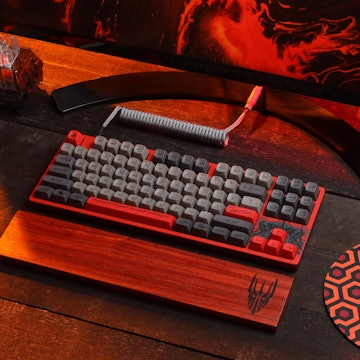
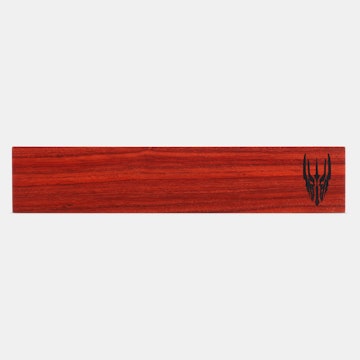
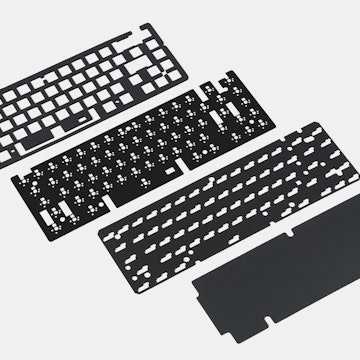
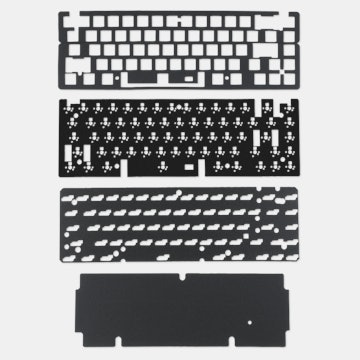
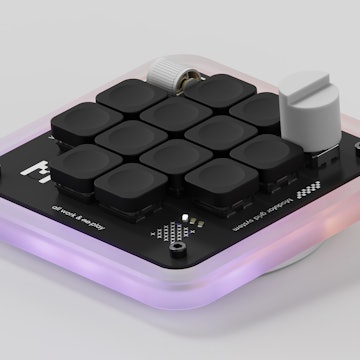
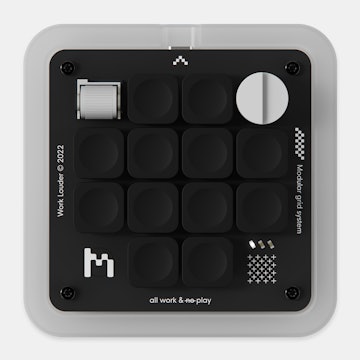
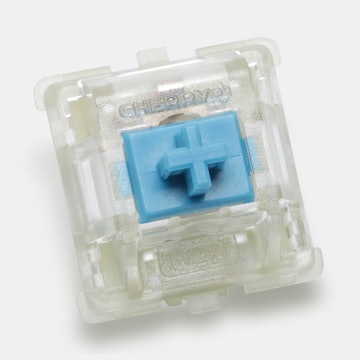

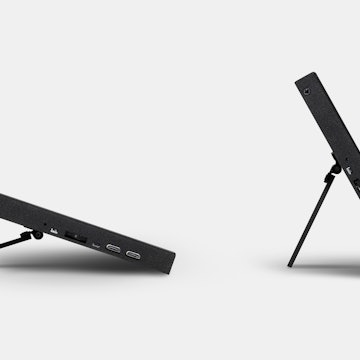
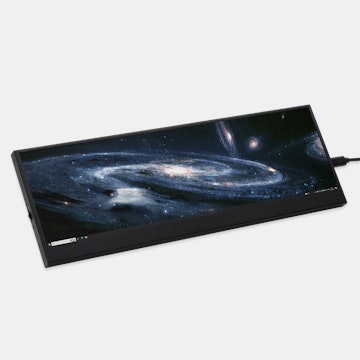
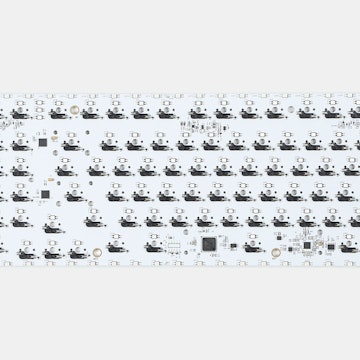

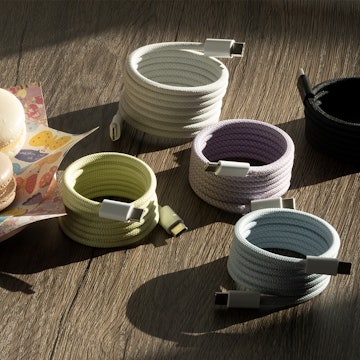
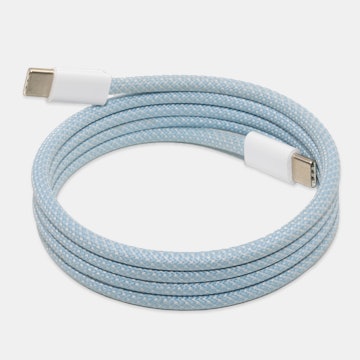
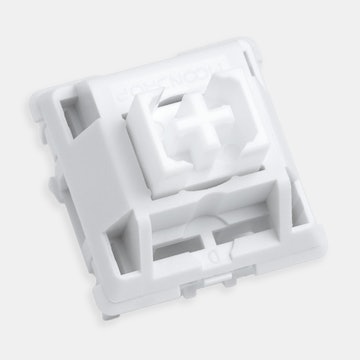
1. The configurator @ https://config.qmk.fm/#/tokyo60/LAYOUT_60_hhkb is pretty great. The configurator is missing a default keymap for Tokyo60, so click on each on-screen key and press the corresponding physical key on the board. Hopefully this will be corrected over time. Default key map is there, no worries. 2. I used the MO(1) macro for the function key to trigger a momentary toggle to layer one. - I spent a lot of time looking for a non-existent FN key in the configurator. - Make sure you keep PAUSE somewhere in your keymap, mine is on layer 1. 3. Read the docs on docs.qmk.fm and build your keymap. 4. Click 'Compile' and then 'Download Firmware' to copy your new keymap firmware to your machine. 5. Download and install QMK Toolbox, binaries available for Mac and Windows. 6. Click "Open" in QMK Toolbox and select the firmware file ending in ".hex". The correct microcontoller is "atmega32u4", which I found defined in the QMK Tokyo60 source code. 7. Put your Tokyo60 into boot loader mode using L_SHIFT+R_SHIFT+PAUSE. The default layout uses FN+p for PAUSE. 8. You will see 'DFU device connected' if your keyboard toggles to bootloader mode. 9. Click the 'Flash' button in QMK Toolbox and wait for a device disconnected message. 10. Test out your new keymap! If your keymap doesn't work or the magic boot loader L_SHIFT+R_SHIFT+PAUSE stops working, don't despair! Get out your trusty Philips screwdriver and take the bottom plate off your keyboard. With the keyboard upside down, the purple reset button is on the right hand side in the middle of the board. With QMK Toolbox running, push and release the reset button and you should see a device connected message. Make sure you have left and right shift available in your base map as well as PAUSE. Here is my working keymap, feel free to grab it and make it your own. https://github.com/JnyJny/tokyo60_keymap This guide is replicated here too: https://github.com/JnyJny/tokyo60_keymap/tree/master/firmware